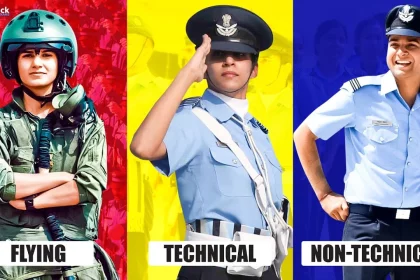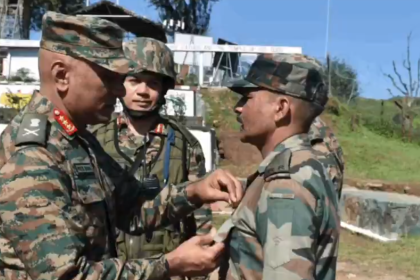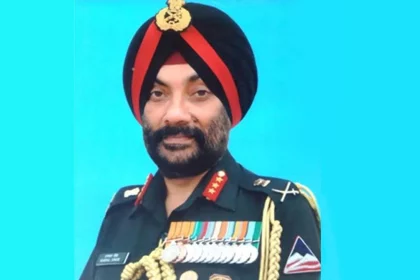All Branches of the Indian Air Force Explained
The Indian Air Force (IAF) is one of the most formidable air arms in the world, structured into specialized branches…
Lieutenant General Pratik Sharma Praises Troops in Rajouri & Kishtwar for Resilience and Humanitarian Assistance
Northern Command Chief lauds Army’s swift response during Chishoti cloud burst and ongoing counter-terror operations.
Pakistan Supreme Court Grants Bail to Imran Khan in May 9 Violence Cases
The former PM still remains in Adiala Jail due to conviction in the Al-Qadir Trust graft case.
Former IAF Chief Advocates for Tejas MkII Over Additional Tejas Mk1A, Citing Superior Capabilities
Air Chief Marshal R.K.S. Bhadauria (Retd.) says MkII is more future-ready; MoD prioritises Mk1A for faster induction.
Former BRO DG Lt Gen Harpal Singh Appointed Telangana Govt Advisor on Irrigation
Veteran officer who led Atal Tunnel project to guide state’s irrigation tunnel works, offers services without remuneration.
Meet Satish Golcha: Delhi’s New Police Chief After Attack on CM Rekha Gupta
New Delhi, August 21, 2025 – In a bold move signaling administrative urgency, the Ministry of Home Affairs announced the…





